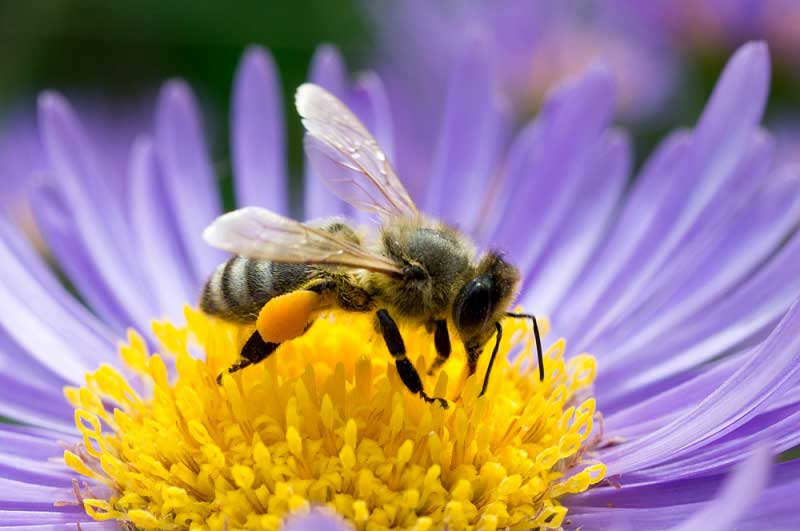RiskVA
Odd, But Interesting Animal Senses 7 Jun 2017
Humans are able live in an environment that is widely varied. Using the senses of smell, taste, vision, hearing, touch, and pain, to name a few, humans do pretty well almost anywhere. But the fact is, our sensory apparatus is exceeded by many other animals.
Smell
One of the most often utilized senses we have is that of smell. When we decide to eat something we usually smell it first, using special receptors in our nose. Sniff! Sniff! Oh boy! That smells yucky! So we don’t try it. Crude, but usually effective. Something that smells succulent and delicious can have a powerful physiological effect, causing our salivary gland to secrete. Our mouths “water.” Dogs salivate so much they drool when presented with a yummy treat.
While humans have about 5 million sniff receptors, dogs have 220 million. So their sensitivity to aromas is far better than ours. That’s why they are used for tracking lost hikers, criminals, detecting bombs, narcotics, and even recognizing when a diabetic’s sugar level is dangerously low. Sugar sniffing dogs are used as companions for people with critical diabetes to warn them when they need to eat something to overcome low blood sugar. Specially trained dogs can even detect certain types of human tumors. Of course, one of the more embarrassing uses to which dogs put their noses is sniffing the private parts of potential mates. I’ve been around some that habitually stick their noses into a person’s groin to check them out. Gross!
Then there are snakes sniffing their environment with their forked tongue. They flick it out, pick up chemical molecules in the air, and then retract it into special sensors on the roof of their mouth to “smell” what’s around them. (And, they do not sting with their tongues.)
Taste
Flies and butterflies taste with sensors on their feet. So when that pesky fly lands on your sandwich, it’s tasting before eating. Imagine if we were like that. Next party you go to, tell your hosts to wait a minute while you take off your shoe and stick your big toe in the soup to see if you’ll like it! Butterflies also use their foot tasters to check whether a plant is a safe place to lay eggs.
Hearing
Hearing in the animal world is a vital ability. People can hear over a range of approximately 20 cycles per second (Hertz), to a max of about 19,000 Hertz, although as we age our high-frequency sensitivity declines rapidly. A dog can hear from 64 Hertz up to an amazing 44,000 Hertz. That’s why a dog whistle that is too high-pitched for a human to hear is used to train and call dogs.
Bats use their hearing in an amazing way. Some bats can hear ultra-low sound down to 1 Hertz, and others can hear as high as 200,000 Hertz. Their sound production and reception is the main way they find and capture flying food. They produce a series of pulses, or pings, and then by sensing the return echoes they can determine range, speed, and location of their dinner. Called echolocation, it is a kind of sonar similar to that used on naval vessels to detect targets and avoid enemies in the sea.
Sight
The electromagnetic spectrum ranges from ultra low frequency radiation to gamma radiation, and we can only see a tiny sliver of that – a narrow range from red at the lower frequency to violet at the upper limit. Canids (dogs, etc.) see only a narrow spectrum limited to yellow and blue. But they are not limited only to black and white, as the myth would have us believe.
Some insects, such as bees and butterflies, sense into the ultraviolet, allowing them to see otherwise invisible floral “landing patterns” guiding them to a flower’s nectar, and other patterns on flowers to guide them to desirable plants.
Magnetic fields
To me the most intriguing animal sense is the detection of magnetic fields.
A NOVA article states that “organisms from hamsters, salamanders, sparrows, and rainbow trout to spiny lobsters and bacteria respond to Earth’s magnetic field.” John Phillips, a behavioral biologist at Virginia Polytechnic Institute and State University, states he has seen this ability in everything from fruit flies to frogs.
Some bird migration may also use the earth’s magnetic fields for long distance navigation. Studies indicate that pigeons have specialized brain cells that respond to magnetic fields.
In short, we are surrounded in the fields and forests by creatures that can taste, see, smell, hear, and sense far better than we do. It’s all a part of the amazing diversity of the fields and forests. And, we’ve barely scratched the surface of plant and wildlife biology.
Dr. Risk is a professor emeritus in the College of Forestry and Agriculture at Stephen F. Austin State University in Nacogdoches, Texas. Content © Paul H. Risk, Ph.D. All rights reserved, except where otherwise noted. Click paulrisk2@gmail.com to send questions, comments, or request permission for use.

